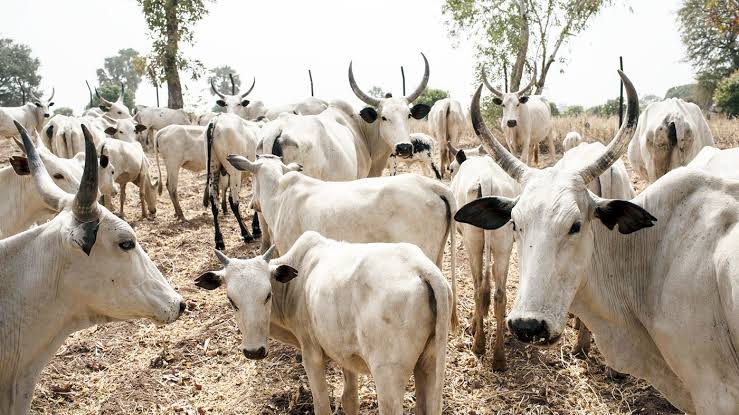Fixing the Forgotten Crisis: Solutions to Nigeria’s Herders-Farmers Conflict
By Umar Idris Shuaibu, Kano

After years of violence, displacement, and distrust, the herders-farmers crisis in Nigeria remains a national wound. But wounds can heal if we choose to treat them. This week, we go beyond blame and focus on what must be done to restore peace, rebuild trust, and reimagine coexistence between Fulani herders and farming communities.
One of the most immediate solutions is to revive the grazing reserves system not as a relic of the past, but as a modern, managed framework for peaceful livestock movement. These reserves must be properly demarcated, fenced, and legally protected from encroachment. States must collaborate with traditional rulers, local governments, and Fulani associations to recover and manage these reserves transparently.
Decades ago, cattle routes connected grazing lands to water sources across Nigeria. Today, most are blocked or erased. Restoring these “burtali,” or “lawol” as they are called in Fulfulde, is key. Mapping and legally protecting these routes using modern geospatial tools can ease tensions over trespassing. States and the Federal Ministry of Livestock Development must take the lead, with input from host communities and Fulani representatives, if of course, we still have room to continue with traditional systems.
Related:
Beyond the Headlines: The Untold Truth behind Nigeria’s Herders-Farmers Clashes
But to be realistic and forward-thinking, the bitter truth is that nomadism is no longer sustainable. There is a pressing need for Fulani herders to abandon the age-old tradition of migration and roaming with their cattle, the so-called “white gold.” While this practice has been part of Fulani culture for centuries, it no longer aligns with modern agricultural systems, security concerns, or national development goals.
Settling in one place brings countless benefits: children can attend school; communities can be formally recognized and supported by government structures; and the herders themselves can begin to enjoy the full dividends of democracy.
This transition should not be enforced but encouraged through thoughtful incentives and sustainable planning. Prioritizing artificial insemination of cattle and other livestock, alongside modern herdsmanship techniques, is vital. This includes building ranches and model herding settlements (like the one in Dansoshiya), providing training on artificial insemination, animal nutrition, and veterinary care, as well as ensuring access to livestock insurance and soft loans. The Fulani must be partners in progress not casualties of change.
At this point, assigning blame is not the most productive path forward. The root of the crisis involves multiple layers of society and leadership. What is required now is action, starting with the full inclusion of Fulani voices in policy-making processes that affect their lives and livelihoods.
Media houses also have a critical role to play. They must stop reinforcing harmful stereotypes. Journalists need training in conflict-sensitive reporting, especially in coverage involving herders and farmers. Editorial boards must strive to reflect Nigeria’s ethnic diversity. Balanced media coverage is more than fairness but a tool for national peace.
The Dansoshiya Model, introduced under Governor Ganduje, presents a viable solution: permanent housing, access to education and water, sustainable fodder production, veterinary services, and peacekeeping structures. This model should be replicated across the country, especially in conflict-prone zones where environmental degradation has made traditional grazing practices difficult or impossible.
Read Also:
True peace begins with understanding. Nigeria needs cultural exchange programs between herders and farmers, youth-led peace initiatives, community dialogue platforms, and local-language media campaigns that promote coexistence.
The herders-farmers conflict is not an unsolvable mystery. The strategies exist. The knowledge exists. What remains is the political will, media responsibility, and community courage to implement them.
We owe it to the Fulani child born into fear, the farmer who sleeps with one eye open, and the nation whose peace depends on healing this fragile relationship.
The question is no longer “What should be done?”
It is: “When will we start doing it?”



The images trace the evolution of Fulani herdsmanship, beginning with traditional open grazing, seasonal migration, and long treks that have defined pastoral life for centuries. In contrast, the latter images showcase a shift toward modern herdsmanship: structured settlements, veterinary services, educational access, and sustainable grazing, a model aligned with national development and the future of peaceful coexistence.



